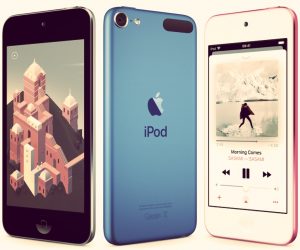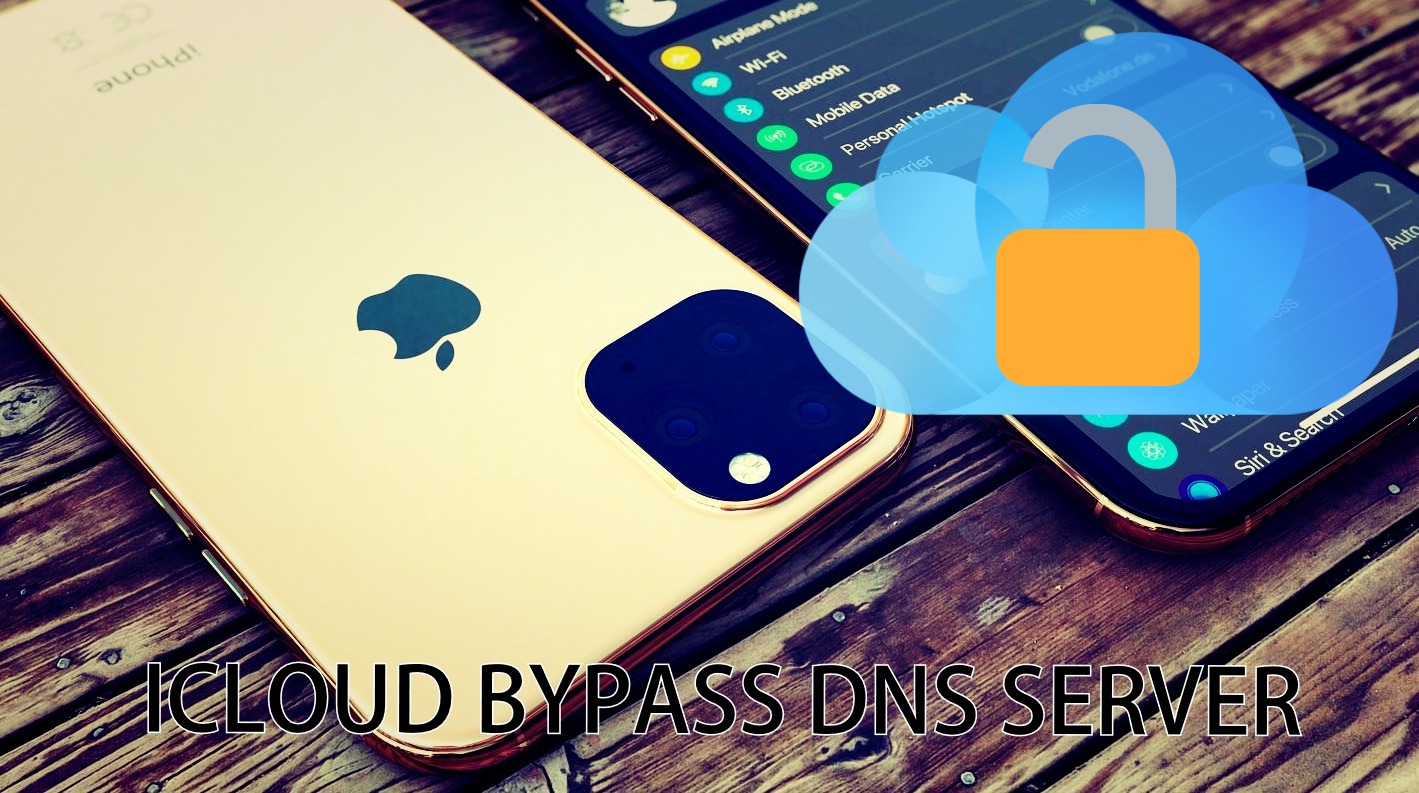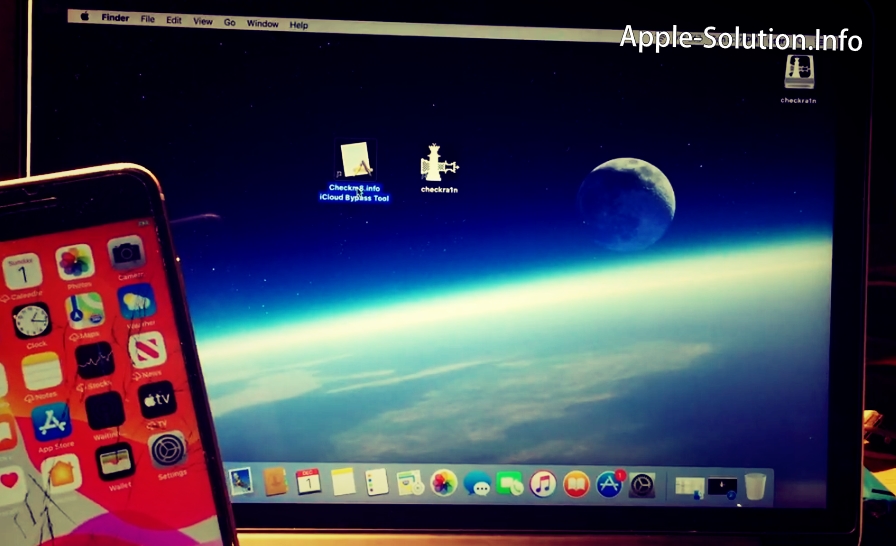iPod touch 2019: the cheapest entrance to Apple’s amusement park
After staying four years without any update, the iPod touch looked like a forgotten product at Apple’s hand. Two weeks ago, after sporadic rumors about its renewal, the company announced the 2019 iPod touch. A device that has always been the cheapest way to get into Apple’s amusement park.
In the last few days I’ve been testing this iPod touch, which we saw, who was targeting as a product, and I’ve already shared a few first impressions. More than an analysis to use, here I collect the reflections that have come to me after using it. Consider it, therefore, a complement to those two articles.
iPod touch 2019: technical specifications
- Product type: multimedia device.
- Display: 4 inch retina at 326ppp.
- Dimensions: 12.34 x 5.86 x 0.61 cm.
- Weight: 88 grams.
- Processor: A10 Fusion at 1.63GHz.
- RAM: 2GB.
- Rear camera: 8 Mpx and ./2.4, with flash.
- Front camera: 1.2 Mpx and ./2.2.
- Connectivity: 802.11a/b/g/n/ac Wi-Fi; bluetooth 4.1.
- Sensors: lighting, accelerometer and gyroscope.
- Connectors: audio jack, Lightning.
- Storage: 32GB, 128GB and 256GB.
- Colors: space grey, gold, silver, pink, blue and red.
- Price: from 220 USD, 32GB model.
IPod touch among many smartphones

The first iPod touch came to light in September 2007, just a few months after the original release of the iPhone. Steve Jobs atthe time disregarded fears that this device could shade the iPhone with a single sentence:
[iPod touch] is like a pair of iPhone slubs.
Thinner and with Wi-Fi but no data, iPod touch was a way to train an audience totally outside the smartphone of the future with a familiar and affordable device. The iPod had been on his back for several years. Now offering a touchscreen iPod with which to play your music and access the internet became a more attractive proposition.
Let’s move on in twelve years and plant ourselves with a totally different situation. IPod touch in 2019 doesn’t have to introduce anyone to the world of the modern smartphone that the iPhone entailed. Nowadays, those who want to have a smartphone have it by snaping their fingers to their operator.
This change didn’t happen overnight. We can take a look at successive generations of iPod touch to see the evolution of that need that Jobs mentioned:
iPod touch 1st generation: September 5, 2007.
iPod touch 2nd generation: September 9, 2008.
iPod touch 3rd generation: September 9, 2009.
iPod touch 4th generation: September 1, 2010.
iPod touch 5th generation: October 11, 2012.
iPod touch 6th generation: July 15, 2015.
iPod touch 7th generation: May 28, 2019.
The fourth generation of this iPod was the last of the company’s annual cadence. From there, it not only went spaced to two, three and four years but also varied at its launch in the year. From September to October, then July and now May. A clear detour from the month of September, where the iPhone is the undisputed protagonist.
To this spacing in the releases we must join the dune number of improvements and changes in successive models. To be an example that this seventh generation only improves its chip, which now becomes an A10 Fusion. With the demise of iPod nano and iPod shuffle in July 2017, Apple ended a product that no longer made sense. However, the iPod touch lasted two more years until the recent renovation of its seventh generation.
A product relegated to a very secondary position

iPod touch is no longer an important product for Apple. In addition to the scarcity of renovations and the absence of improvements beyond the processor, this is a fact that is evident if we look for where it is on the Apple website:
For Apple, product hierarchy is important. In the top menu we have the four important products, followed by television and music (we could both define them as services supported by hardware accessories). It’s inside the latter where we have to go in to meet the iPod touch section and there’s not even the first one. He’s fifth after the HomePod and the AirPods.
With this new iPod touch, Apple doesn’t expect to reverse the situation. It doesn’t aspire to turn around a product that will have its handful of sales (1 or 2 million a year?), tiny next to others like the Apple Watch or AirPods, not to mention the iPhone. So what is Apple looking for with iPod touch? Why bother updating it if it hardly matters financially?
Apple’s amusement park
In recent weeks while using this iPod touch 2019, I’ve fallen into the notice that Apple is like an amusement park. To enter you need to buy a ticket that gives you access to tons of attractions and shows for free. Inside you’ll also find other paid services like restaurants and things you can buy and take home, like merchandising.
The entrance to the Apple amusement park that we must pay for are its products: Apple Watch, iPhone, iPad, Mac, Apple TV. And, of course, this iPod touch. Once inside we can enjoy numerous free things: iMessage, FaceTime, Apple News, iCloud in its free version, Apple Pay or Siri. In addition to free software updates and access to a controlled App Store.
On the other hand, if a user is comfortable with this park and wants to spend more time in it, they will enjoy a number of added and paid services. They are sometimes provided by Apple, such as with the App Store, iTunes Store, Apple Books, Apple News+, Apple Music, Apple Arcade, and Apple TV+ (the latter two starting in fall). Others are provided by a third party, such as Spotify, Pandora, Netflix, HBO, or Amazon Kindle.
Although Apple Arcade looks like it will be very important on a device like this, I’ve been able to use this iPod touch to listen to music, send messages with family, browse Safari, check email, or make FaceTime calls. And play, of course. In fact, my analysis of Little Big Nightmares is done exclusively with the iPod touch and its jack headphones (but without a microphone or buttons, curiously).
Who’s this iPod touch for

At the risk of repeating my article on the uses of iPod touch, I want to end this reflection with the goal that Apple pursues with iPod touch. IPod touch does not rank strategically in Apple’s product line. But it does serve to close a small hole in it.
In addition to being attractive to businesses large and small (the other day I saw one again in a family restaurant), iPod touch still fulfills the function of being rudeto be for those people who have not yet had a smartphone: the little ones in the house. I know many believe that for that price it is better to opt for a second-hand iPhone 7 or refurbished, which costs a little more but also gives more in return. And surely many parents do.
However, I think that part of the appeal of this device lies precisely in what it does not have. It is an iPhone without SIM card and therefore without voice plans and associated data. There will be no surprises on the monthly bill of any kind. With no data, parents don’t need to worry about their child abusing the device outside the home.
In the end, the hardest thing is that iPod touch is the most affordable way to get into Apple’s amusement park for a kid who’s not yet ready to have his iPhone. Your parents make sure they can limit it through iOS parental controls while being in a family-friendly system that’s compatible with their parents’.
With this in mind, iPod touch is a fantastic device to be the one to accompany in those first steps through the amusement park of Apple to the little ones of the house.




